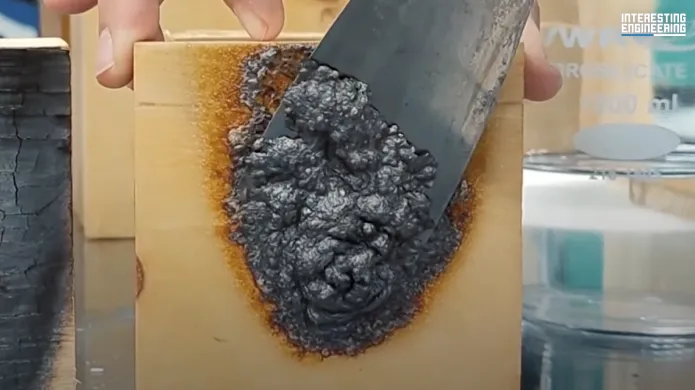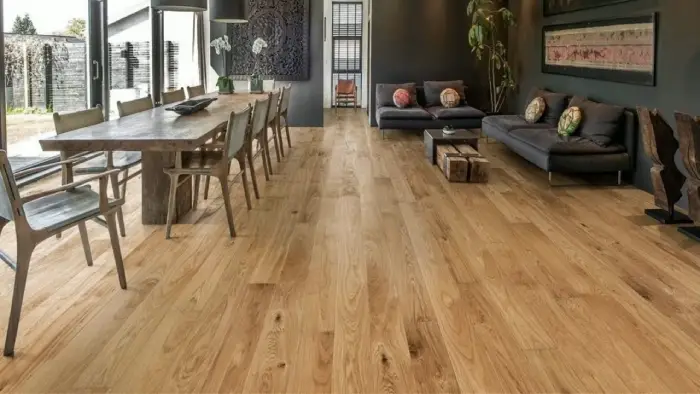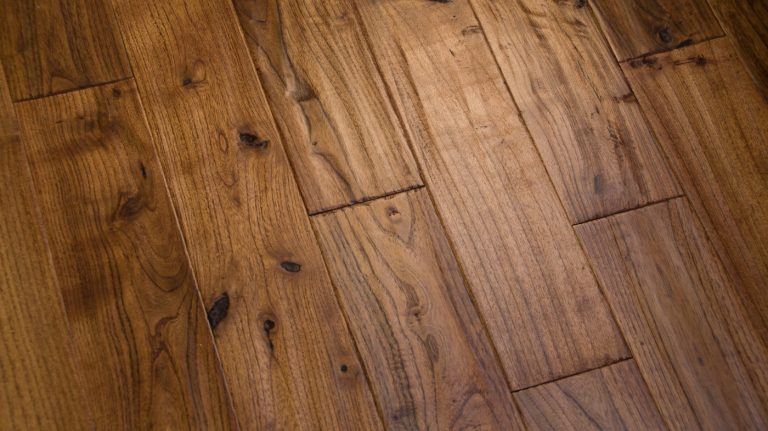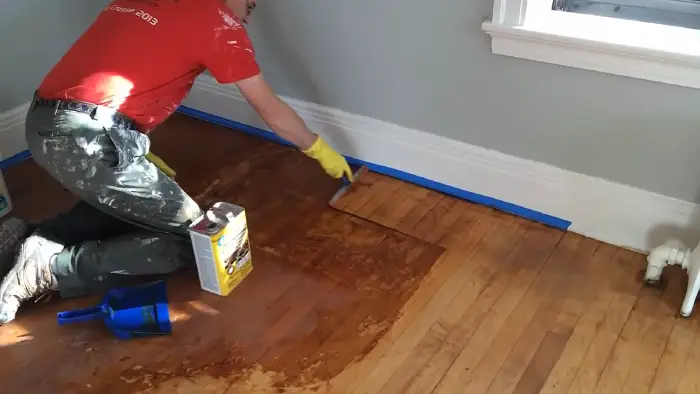Fire-treated wood is a hardy material well-suited to outdoor projects and structures. However, even this heat and flame-resistant wood need protection against moisture.
So, can fire-treated wood withstand water? It depends on the type of FRTW being used, as some versions are engineered to resist moisture while other types generally require additional protection.
Pressure-treated FRTW and fire-treated wood with water repellent preservative finishes or coatings provide both fire safety and water resistance. It makes them ideal for areas where exposure to moisture is likely.
This type of fire-treated wood provides comprehensive protection from heat, flame, and water damage, making it an ideal choice for outdoor projects. Let’s explore the incredible properties of fire-treated wood and how to keep it safe from water damage.
Is Fire Treated Wood Water Resistant: Types
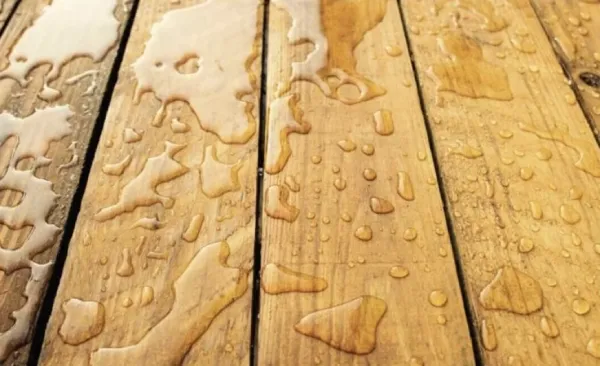
1. Pressure-Treated Wood:
Pressure-treated wood is probably the most common type of fire-treated lumber available on the market today. The process begins by soaking the wood in a chemical solution that contains water repellent preservatives and various other fire retardants.
Afterward, the wood is dried and then pressure treated with additional chemicals, such as borates and phosphates. They further enhance its flame resistance by creating an impermeable barrier against moisture and decay.
Pressure-treated wood can be used for both interior and exterior applications. However, it should not be placed directly into contact with soil as this may degrade the fire retardants over time due to soil moisture content even in dry weather conditions.
2. Fire-treated Wood with a Sealant or Coating:
Fire-treated wood with a coating or sealant offers superior protection against moisture compared to plain pressure-treated wood due to its dual protection system. This magical wood soaks up that fire, then adds an extra layer of waterproofing to make sure no amount of rain will ever stand a chance!
Not only does it provide superior moisture resistance, but it also has built-in benefits like preventing warping and leaching out toxic substances. With fire-treated wood, your structure will be secure for years to come.
The sealant provides an extra layer of protection that is not to be taken lightly. It’s like having an invisible shield over your wood that stops dirt and dust from getting where they shouldn’t – making sure your pressure-treated wood lasts as long as it can.
What Happens If Fire-Retardant Wood Gets Wet?

When fire-retardant wood or lumber is exposed to moisture, it can have serious and potentially dangerous consequences. Not only does the wood lose its fire-resistant properties, but it also swells, warps, and decays, weakening its structural integrity in the process.
1. Reduced Fire Resistance:
Fire-retardant wood is treated with water-soluble chemicals that help make it resistant to fires. However, when these chemicals come into contact with moisture they can dissolve or wash away, leaving the wood vulnerable to fire.
The loss of a material’s fire resistance due to contact with moisture is known as hydrolysis. To avoid this problem, fire-retardant woods should be kept away from areas that are prone to flooding or other sources of significant moisture exposure.
2. Swelling and Warping:
When exposed to moisture, wood lumber absorbs this liquid and will swell in volume as a result. This swelling can put pressure on joints causing them to crack or warp, which can compromise the structural integrity of your home or building.
It’s important to note that while some types of lumber are naturally more resistant to swelling than others, all types of lumber are susceptible if they get too wet. Prolonged exposure to high levels of moisture should be avoided at all costs as it could lead to unexpected cracking and warping down the line.
3. Decay:
Decay can be a serious issue when it comes to fire-retardant wood. In addition to warping and swelling, excessive moisture exposure can lead to mold and mildew growths, which can rapidly cause decay unless precautions are taken.
It is also important to note that decaying wood weakens over time if left untreated, making it more likely to ignite due to its decreased strength and stability. Strict vigilance and proper treatment are essential for preventing the issues caused by wood decay.
Applications of Fire Treated Wood
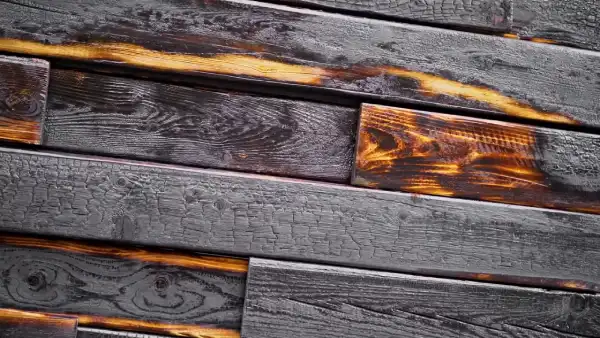
Fire treated wood is an important protective measure against the spread of fire and has become a common feature in many buildings, decks, and other structures. Fire retardant treatments are also used in industrial settings and transportation as a way to protect cargo containers, pallets, and other materials from possible combustion.
1. Building Construction
FRTW is an ideal material for use in construction projects both indoors and outdoors. It offers protection against the spread of fires through its non-flammable substance. So it is suitable for use in structural elements such as walls, floors, roofs, and even decorative features like trim and paneling.
By using fire treated wood instead of more combustible materials, builders can rest assured that their property is much better protected from potential disaster. Thanks to advances in fire retardant treatments, it is now possible to achieve aesthetically pleasing finishes with fire treated woods.
2. Decks and Outdoor Structures
Fire treated woods provide an important solution for outdoor structures when wildfires are a looming danger. Often constructed of pressure-treated pine, these fire-resistant woods have been chemically treated to resist high temperatures.
They are recommended for decks, pergolas, fencing, external stairs, and soffit. The treatment helps prevent fires from spreading and can provide extra protection against property loss due to outer building materials igniting in a wildfire.
Fire treated lumber adds an extra layer of protection against combustion while maintaining the structural integrity needed to support these installations. The non-combustible material makes them safer than traditional wood options when exposed to heat or direct flame.
As with building construction applications, aesthetically pleasing finishes can be achieved with fire retardant treatments on outdoor structures made from lumber or timber products.
3. Industrial Applications
In the wake of escalating fire safety regulations, industrial sectors have increasingly turned to noncombustible materials like fire retardant wood. Its diverse uses make it ideal for everything from high-heat environments to areas vulnerable to flames.
Popular uses include conveyor belts, storage racks, and pallets for transporting heavy items around warehouses without fear that they could catch alight during transit or storage. Fire treated woods offer an additional level of safety assurance compared to standard lumber products when used in this capacity.
4. Transportation
Transportation industries have been able to benefit from the additional safety provided by the use of fire retardant lumber products too. Items such as cargo containers and pallets are often at risk from combustion when transported by road or sea over long distances.
Fire hazards can be minimized by employing fire-resistant materials instead of conventional lumber when constructing ships’ holds and cargo compartments on buses or trucks.
Such precautions are critical for protecting lives, property, and the environment in these closed spaces where sparks carry a high risk of inciting flame.
5. Electrical and Telecommunications
Fire-treated wood is also regularly used in many places outside of residential construction, such as electrical and telecommunications. High utility areas such as roadsides use treated lumber in utility poles, cross arms, and cable trays.
It acts as a support structure for the wires running through them, deflecting potential fires away from sensitive electrical components. Fire retardant materials are an essential safety asset to these sites.
They can be the difference between a contained event or an emergency due to uncontrolled flames near a power source. Facilities that utilize fire-treated wood often employ advanced safety measures to protect those living or working nearby from any unwanted electrical events.
6. Furniture
Depending on the design of your furniture, there may be small amounts of fire-fighting lumber baked in. So while fabrics or wooden frames might typically bruise quickly under flames, these pieces have that extra bit of protection against potentially deadly house fires.
Bolts and fasteners made of this specialized material add a layer of protection against heat damage that typical metal parts simply can’t provide. Not only is your furniture sure to meet local health & safety regulations, but it will also stand the test of time for superior quality assurance over many years.
Is Fire Treated Wood Waterproof?

Fire treated wood offers unparalleled protection against rot, mold, and mildew but is not waterproof. So careful measures still need to be taken to safeguard your structure from water damage.
Water-repellent preservatives can be applied for some extra protection, but the wood could still be vulnerable if exposed to harsh weather like heavy rain or snow.
Applying a waterproofing product or sealant will help secure long-term protection against moisture and water damage. So, if you’re looking for extra protection with your fire treated wood, remember to make sure it’s sealed off properly.
Can Treated Wood Be Left in Rain?
Leaving treated wood exposed to rain for extended periods of time is not recommended. Although treated wood was designed to resist decay and termite infestation better than untreated wood, it does not prevent moisture from seeping into the wood.
This can be especially true for older treated woods that may have lost some of their original water repellency over time. If exposed to continual rains or seasonal deluges, even newer treated woods can start showing signs of deterioration within a few months or years.
Therefore it is best practice to keep any treated lumber out of direct contact with rainwater whenever possible.
Will Rain Hurt Pressure Treated Wood?
If left exposed to ongoing rain showers over long periods of time it is likely to become susceptible to damage from water saturation and mold/mildew accumulation. As a result, pressure-treated lumber should always be covered or sealed when used outdoors.
Its protective chemicals can stay on the lumber surface rather than get washed off by rainwater. Sealing pressure-treated lumber will also help keep moisture away from its core which can lead to cracking or other forms of deterioration if left unchecked for too long.
Can You Seal Plywood To Make It Waterproof?
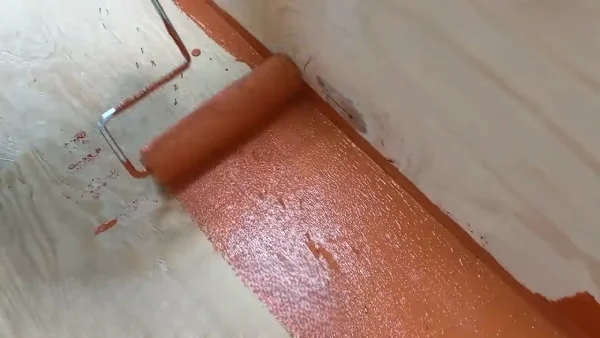
Plywood can be waterproofed by applying an epoxy finish followed by several coats of paint or polyurethane sealer. This treatment is often necessary when working in wet areas such as outdoor spaces like decks and patios where the plywood will come into contact with large amounts of water regularly.
Before sealing any plywood surfaces, it is important that you thoroughly sand them first. Therefore, the coatings adhere properly and protect against water ingress and rot damage as intended.
Protect Your Home and Business from Fire and Water Damage
Fire Retardant treated Wood (FRTW) offers excellent fire protection when used correctly. It is important to select the right type for your exact needs, as not all of these treated woods are waterproof.
Pressure Treated Wood or Fire Treated Woods with a coating or sealant should be chosen when weather-proofing is necessary due to their water resistance capabilities. Despite this, overexposure to moisture can reduce fire resistance and lead to swelling and decay of the material, so this remedy should be used sparingly.
Selecting an appropriate FRTW product is a wise decision for dependable protection in both flame and moisture.

